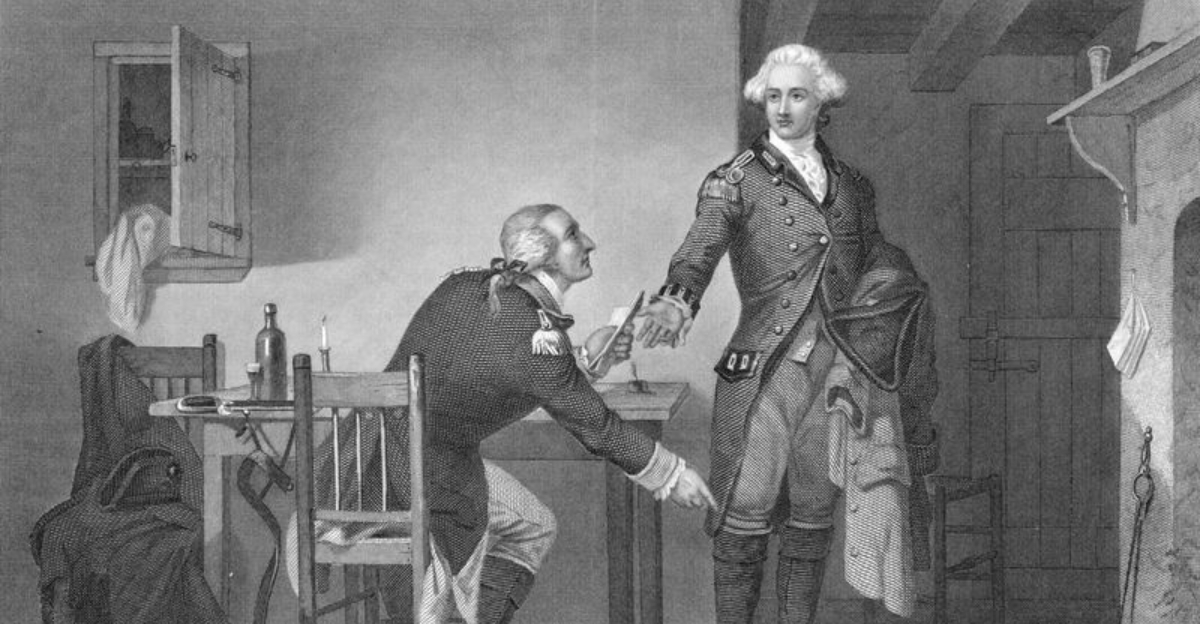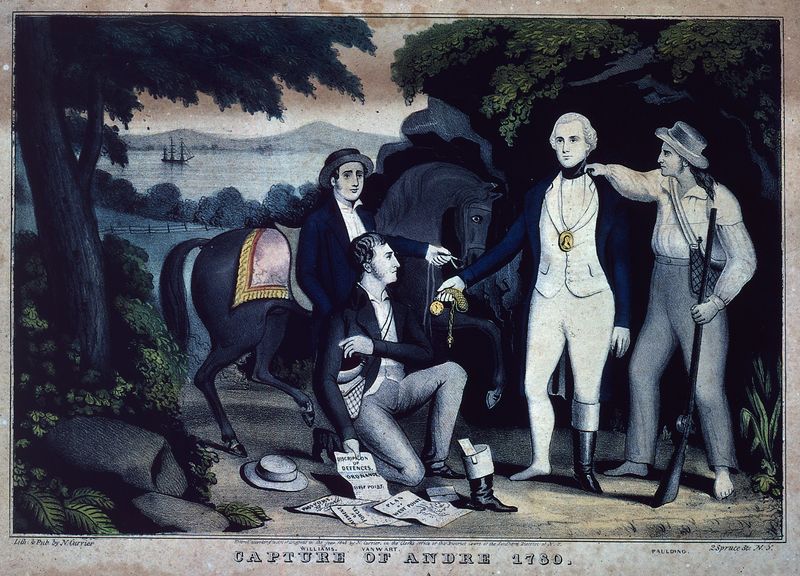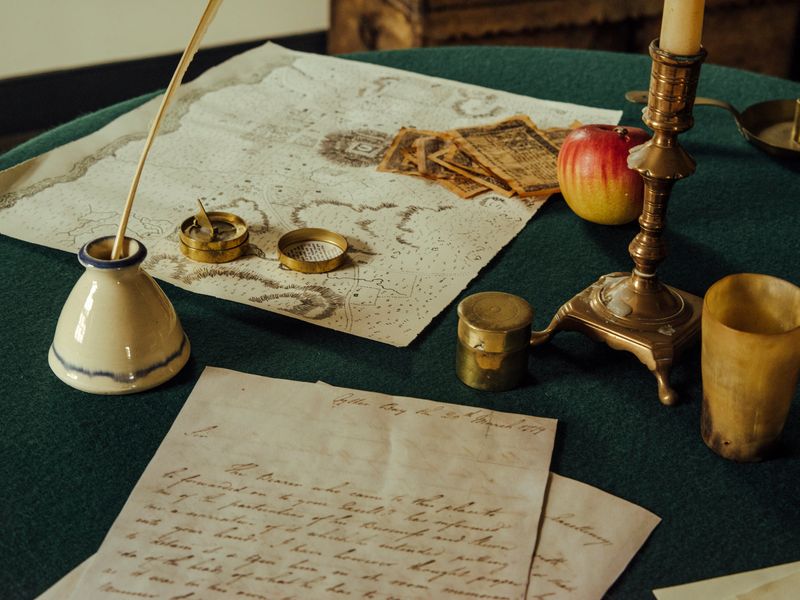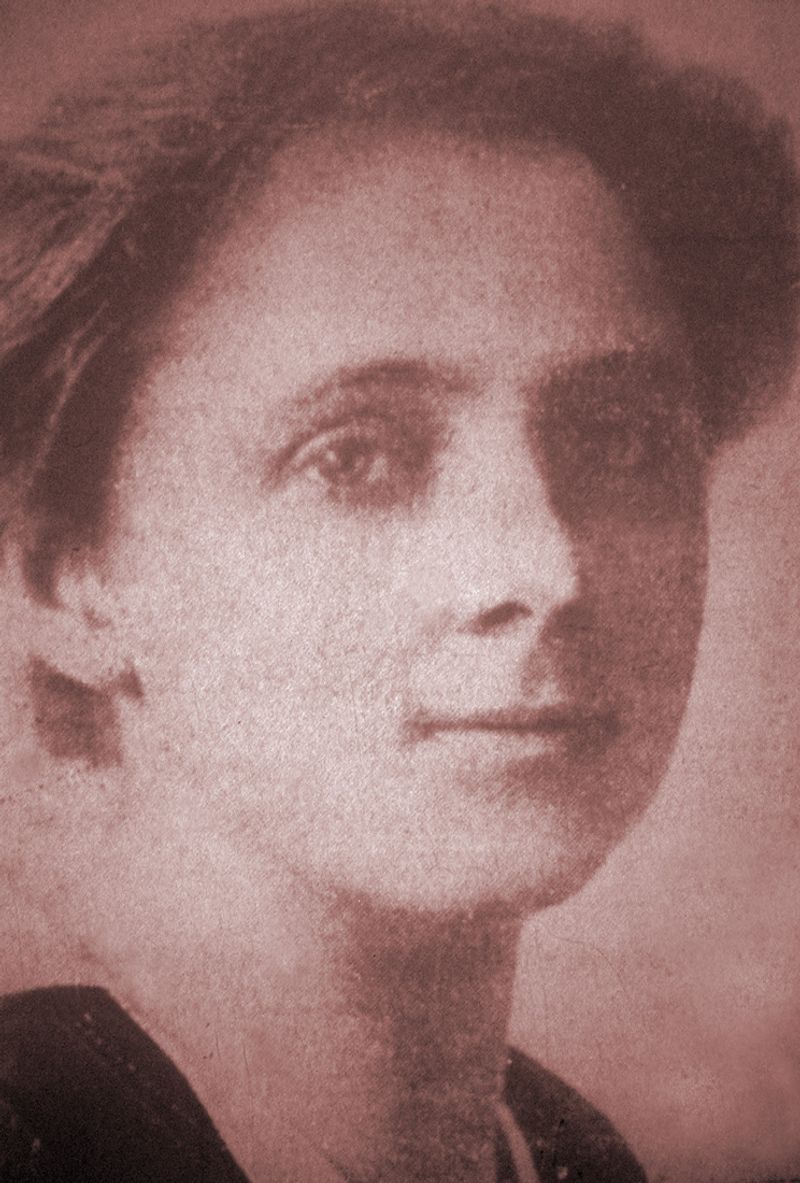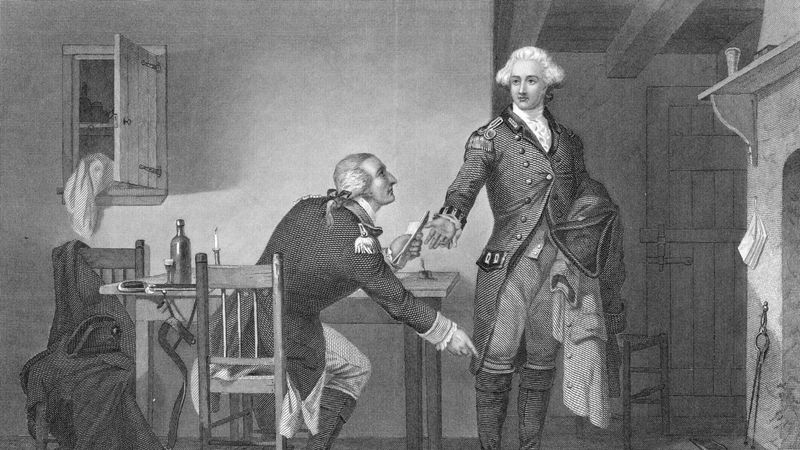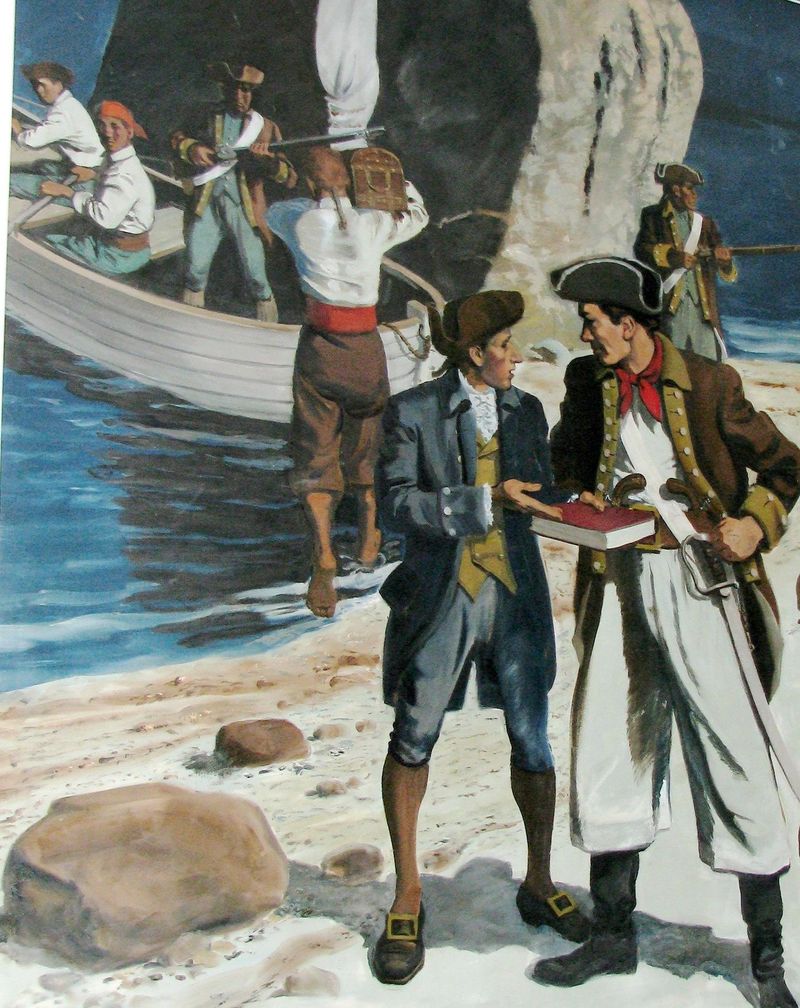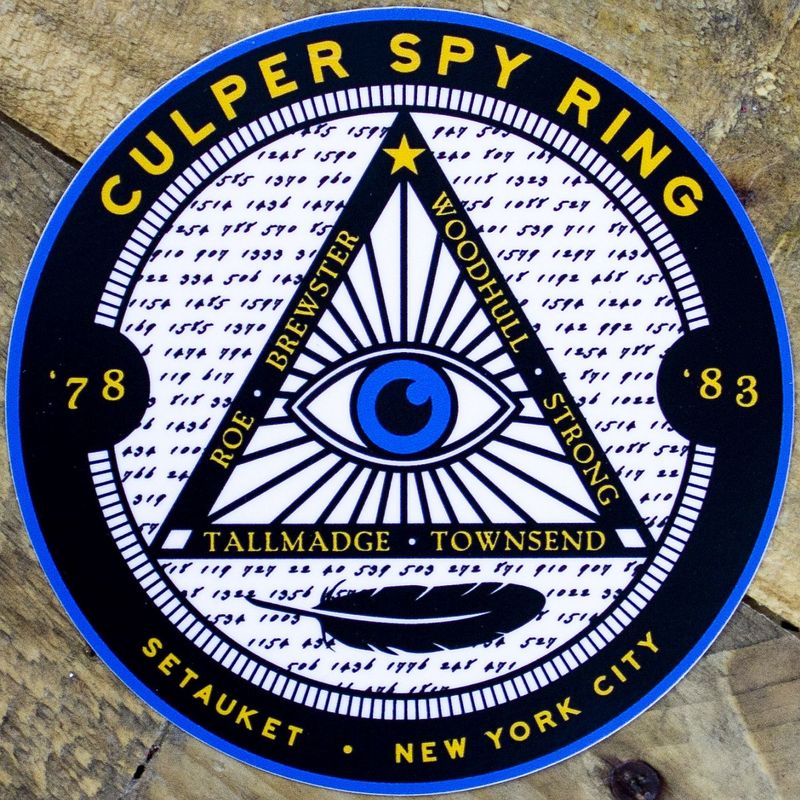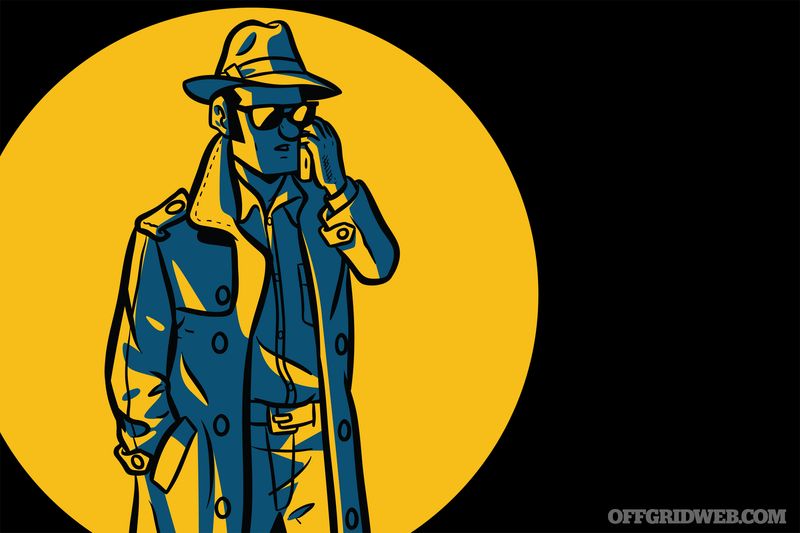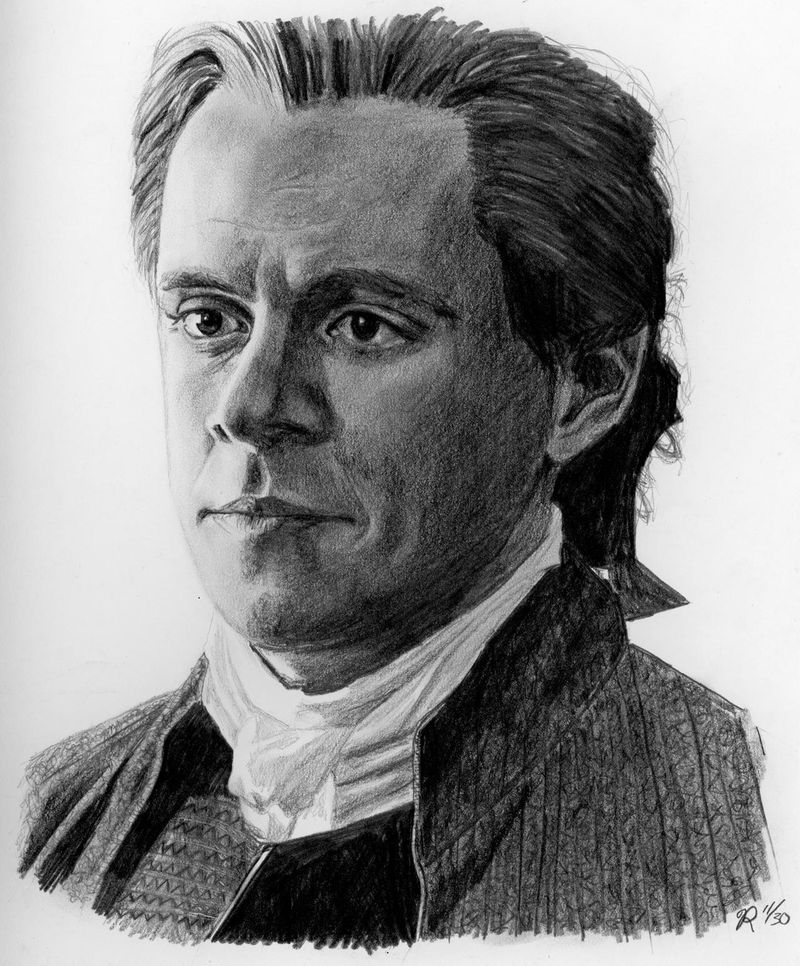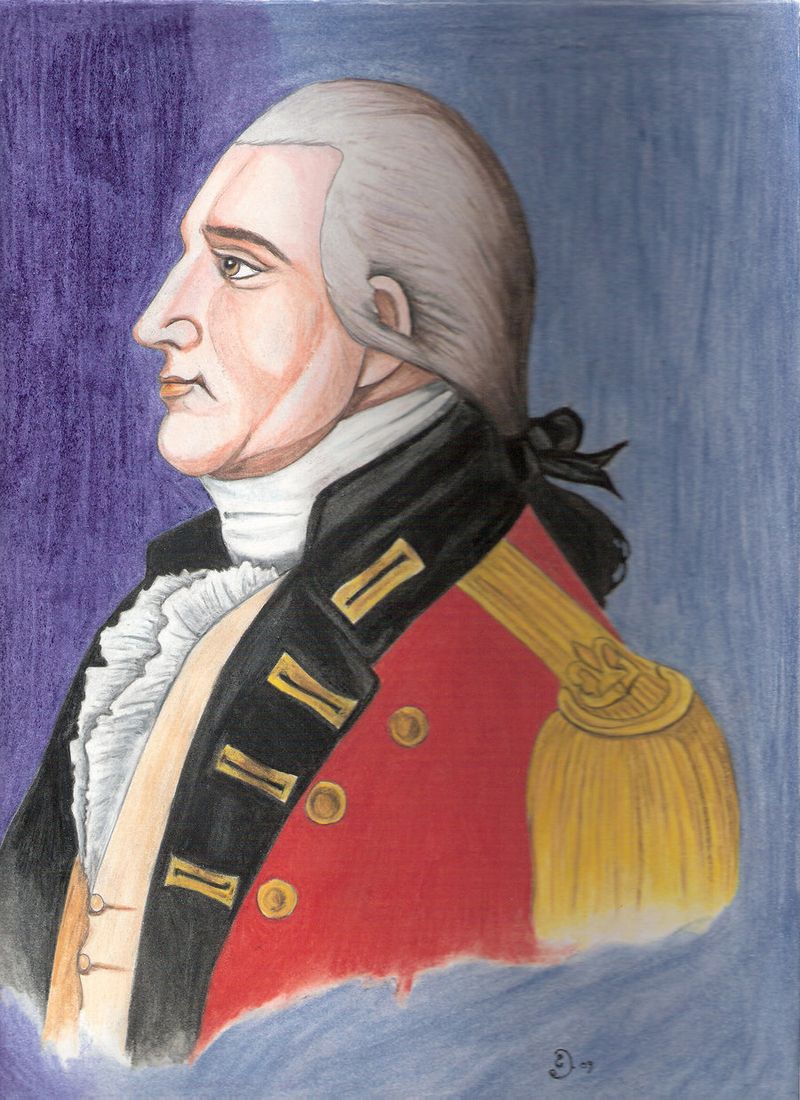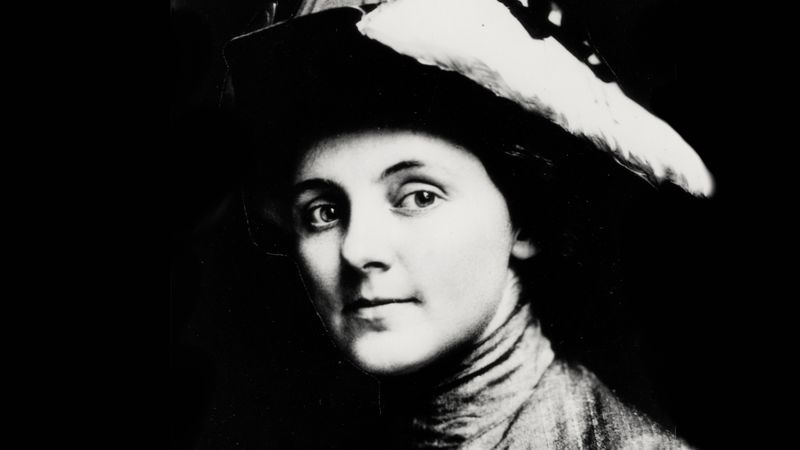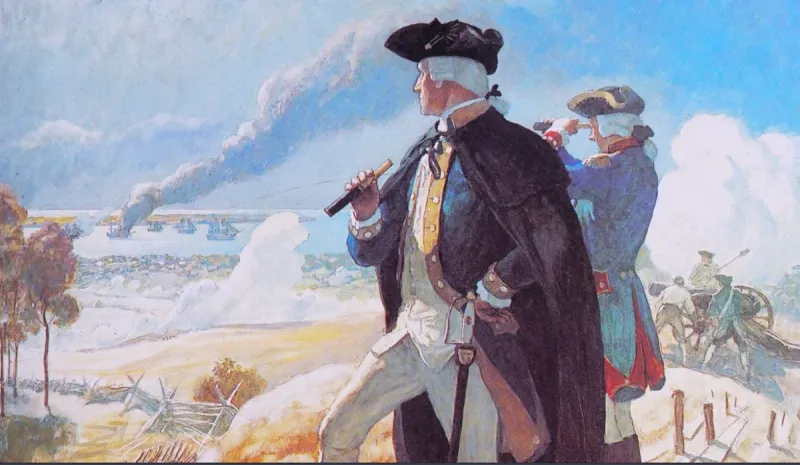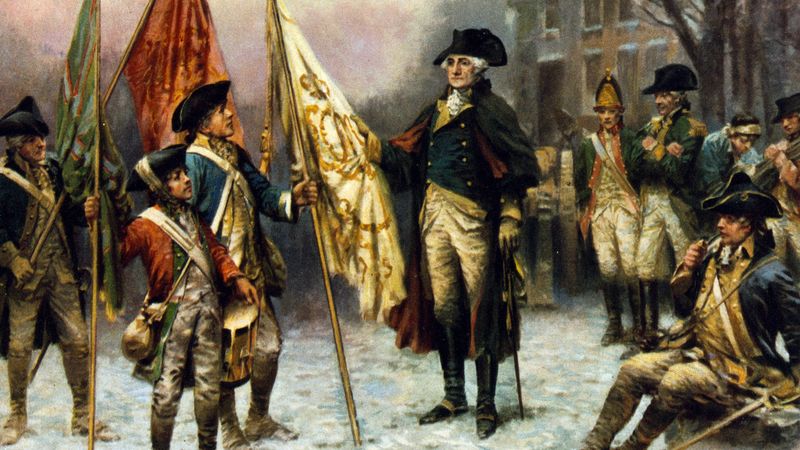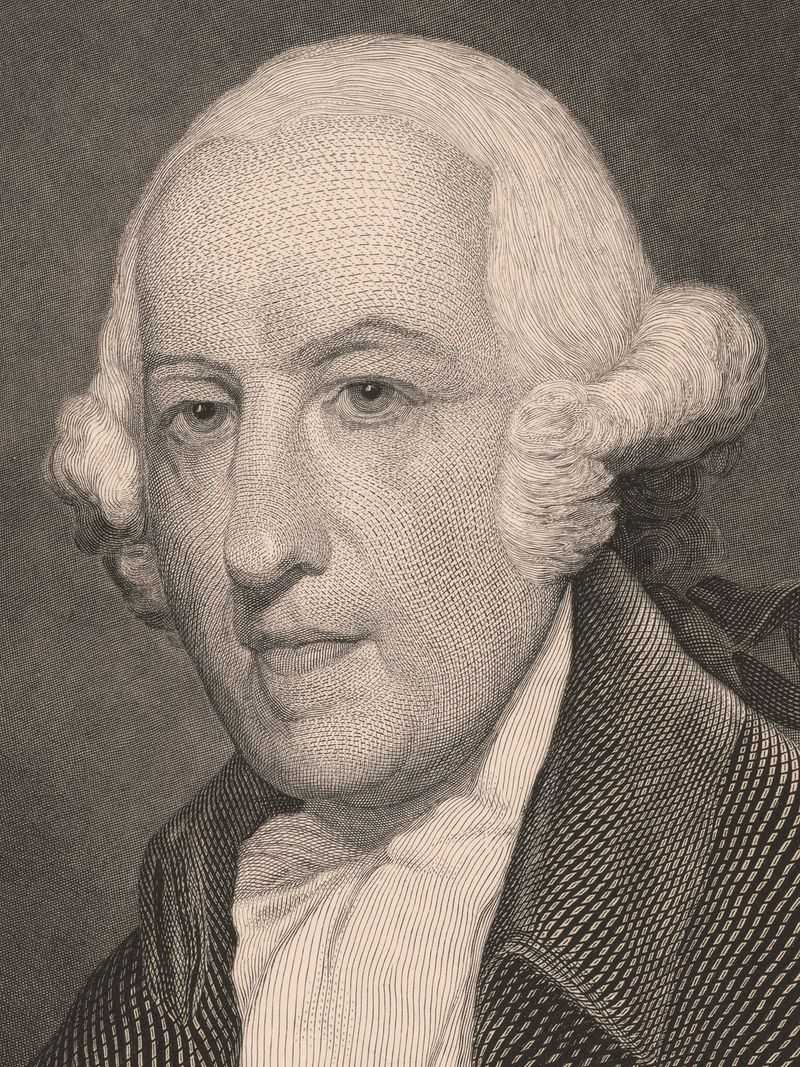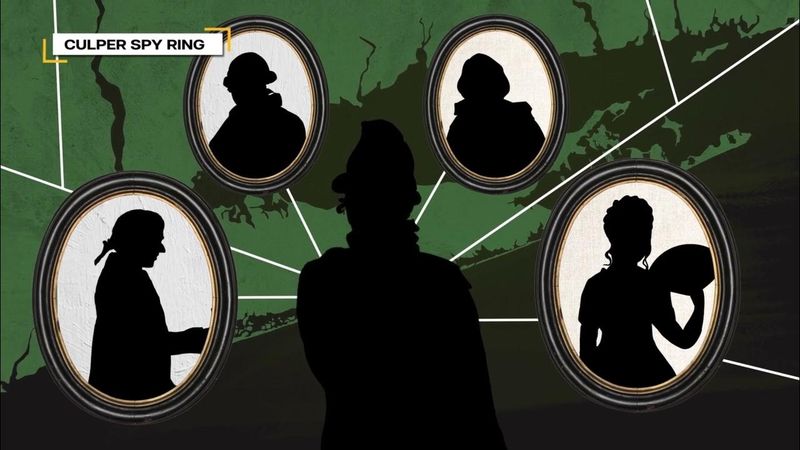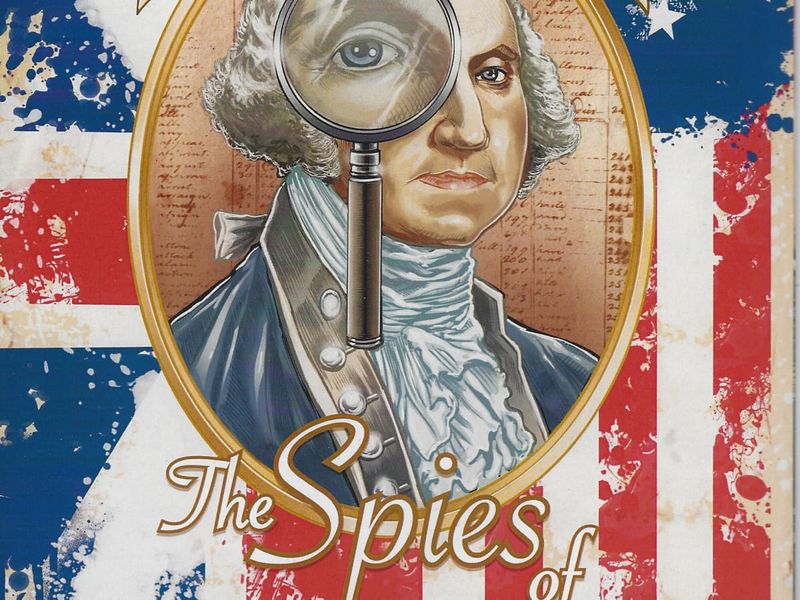The Culper Spy Ring played a pivotal role in the American Revolutionary War, operating with cunning and secrecy to support the Patriot cause.
This network of spies, overseen by George Washington himself, utilized innovative techniques and bravely risked their lives to gather and deliver crucial intelligence.
Below, we explore 15 intriguing facts about this remarkable espionage group, each shedding light on their methods, key figures, and lasting impact on military intelligence.
1. George Washington Personally Oversaw It
George Washington’s direct management of the Culper Spy Ring was a testament to his trust and belief in their critical mission. By personally overseeing operations, he ensured that information flowed smoothly and securely.
Washington’s involvement added a layer of prestige and urgency to the espionage activities, signaling the high stakes involved in their intelligence work.
This level of engagement was unusual for a leader of his stature, highlighting his commitment to the success of the spy network. His strategic insights and direction were vital to the Culper Ring’s effectiveness and ultimate contribution to the war effort.
2. Invisible Ink Was a Game-Changer
The use of invisible ink, or “sympathetic ink,” revolutionized secret communications during the Revolutionary War. This ingenious method allowed spies to write messages that could only be revealed through heat or special chemicals.
It provided a secure way to send sensitive information without risking interception by the British. The simplicity and effectiveness of invisible ink made it a favored tool among Culper Ring members.
By using this technology, they could convey crucial intelligence across enemy lines, ensuring messages remained hidden from prying eyes. This innovation greatly enhanced their operational security and strategic advantage.
3. Anna Strong’s Laundry Line Signals
Anna Strong’s creative use of her laundry line to signal fellow spies demonstrated the ingenuity and resourcefulness of the Culper Spy Ring. By hanging different colored petticoats and handkerchiefs, she communicated the location of hidden messages without raising suspicion.
This method was both simple and effective, allowing for discreet communication in plain sight. Strong’s role exemplified how ordinary actions could be transformed into powerful espionage tools.
Her contributions were vital to the network’s success, showcasing how women played crucial roles in intelligence work. Her clever signaling system remains a memorable aspect of Revolutionary War espionage.
4. Fake Identities and Code Names Were Essential
The use of aliases and code names was paramount for the Culper Spy Ring’s operations, providing a layer of protection against discovery. Members adopted pseudonyms like “Samuel Culper Sr.” and “Samuel Culper Jr.” to conceal their true identities.
This practice not only shielded them from British detection but also added an element of mystique to their clandestine activities. The clever use of false identities allowed the spies to blend into their surroundings, reducing the risk of capture.
Such tactics were fundamental to the ring’s enduring success, highlighting the importance of anonymity in espionage work.
5. A Former Whaleboat Operator Was a Key Courier
Caleb Brewster’s background as a whaleboat operator provided him with the skills necessary to become a key courier for the Culper Spy Ring. Utilizing his maritime expertise, Brewster ferried messages across Long Island Sound, skillfully dodging British patrols.
His daring and navigational prowess were invaluable to the operation, ensuring the safe and timely delivery of intelligence. Brewster’s role illustrated the diverse talents within the spy network, where each member’s unique abilities contributed to their collective goals.
His fearless commitment and seafaring knowledge made him an indispensable asset to the Culper Ring’s success.
6. The Spy Ring Used a Complex Cipher
The Culper Spy Ring’s use of a 763-number code book exemplified their sophisticated approach to secure communication. This complex cipher allowed them to disguise names, places, and key information, making messages challenging for the British to decode.
The code book was a critical tool in maintaining the confidentiality of their operations. By encrypting their correspondence, the spies ensured that even if intercepted, their messages would remain incomprehensible to the enemy.
This method of coded communication reflected the ring’s innovative strategies and commitment to operational security, setting a precedent for future intelligence efforts.
7. Dead Drops Kept Spies Safe
Dead drops were an ingenious method used by the Culper Spy Ring to safely exchange messages without direct contact. By leaving messages in prearranged hidden spots, spies minimized the risk of exposure and capture.
This technique allowed the network to operate discreetly, reducing the need for face-to-face meetings. Dead drops exemplified the careful planning and strategic thinking that characterized the ring’s operations.
By minimizing personal interactions, they safeguarded the identities of their members and maintained the integrity of their network. This practice was crucial in preserving the longevity and effectiveness of their espionage activities.
8. Robert Townsend Risked Everything in British-Occupied NYC
Operating under constant threat in British-occupied New York City, Robert Townsend was a pivotal figure in the Culper Spy Ring. As a merchant, he adeptly gathered intelligence from unsuspecting British officers, all while maintaining his cover.
Townsend’s brave contributions were crucial to the network’s success, providing valuable insights into enemy movements and plans. His work exemplified the immense risks undertaken by spies in hostile environments.
Townsend’s ability to blend into the bustling city while collecting critical information showcased the daring and resourcefulness that defined the Culper Ring. His efforts significantly aided the Patriot cause.
9. The Ring Helped Expose Benedict Arnold’s Treason
The Culper Spy Ring played a critical role in uncovering Benedict Arnold’s plot to betray the American cause by handing over West Point to the British. Their intelligence efforts were instrumental in exposing the treachery, preventing a potentially devastating blow to the revolution.
By diligently gathering and analyzing information, the spies revealed Arnold’s intentions, allowing the Patriots to thwart his plans. This success highlighted the effectiveness and importance of their espionage work.
The ring’s ability to detect and report such a high-profile betrayal underscored their significance in the broader war effort, safeguarding vital American interests.
10. Women Played a Crucial Role
Women were indispensable to the Culper Spy Ring, contributing to its operations in various capacities. Figures like Anna Strong demonstrated that espionage was not solely a man’s domain.
Women participated in communication, intelligence gathering, and message delivery, proving their capability and importance. Their involvement was often underappreciated, yet essential to the network’s functioning.
By leveraging their societal roles and perceived innocuousness, women could move information and influence undetected. Their contributions added a unique dimension to the espionage activities, showcasing the diverse talents that fueled the Culper Ring’s success.
Women’s participation remains a celebrated aspect of their legacy.
11. Their Work Helped Win the Battle of Yorktown
The intelligence gathered by the Culper Spy Ring was instrumental in the American victory at the Battle of Yorktown. Their timely and accurate reports allowed George Washington to strategically position his forces, leading to the decisive defeat of the British.
This victory marked the last major battle of the Revolutionary War, paving the way for American independence. The spies’ contributions underscored the critical impact of their work on the outcome of the war.
By providing crucial insights into enemy movements, they enabled the Patriots to make informed decisions, ultimately securing a pivotal triumph in the fight for freedom.
12. Their Identities Were Kept Secret for Over 150 Years
The true identities of many Culper Spy Ring members remained hidden for over 150 years, shrouding their contributions in mystery. Unlike other Revolutionary War heroes, these spies operated in secrecy, their names unknown to the public.
This anonymity protected them and their families from potential retribution during and after the war. It wasn’t until the 20th century that historians began to uncover their identities, shedding light on their remarkable achievements.
The long-held secrecy emphasized the clandestine nature of their work and the sacrifices they made, operating without recognition or glory to secure American independence.
13. They Used a British Newspaper Publisher as a Spy
James Rivington, a Loyalist newspaper publisher, served as an unlikely but effective spy for the Culper Ring. Despite his pro-British publications, he secretly funneled information to the Patriots, exploiting his unique position to gather intelligence.
Rivington’s dual role highlighted the complex loyalties and risks faced by those involved in espionage during the Revolutionary War. His contributions provided valuable insights into British plans and operations, enhancing the network’s overall effectiveness.
Rivington’s involvement demonstrated the diverse backgrounds of the Culper spies and their ability to leverage various roles to further the American cause. His story remains a testament to the ingenuity of the ring.
14. Austin Roe Traveled Over 100 Miles for Each Mission
As a courier for the Culper Spy Ring, Austin Roe’s steadfast commitment was evident in his long and perilous journeys. He traveled over 100 miles through enemy territory to deliver vital messages, showcasing his dedication and bravery.
Roe’s role was crucial in maintaining the flow of intelligence between the spies and their commanders. His tireless efforts ensured that strategic information reached its destination without delay, despite the risks posed by British patrols.
Roe’s endurance and unwavering determination embodied the spirit of the Culper Ring, highlighting the lengths to which members would go to support the Patriot cause.
15. The Culper Spy Ring Set the Foundation for Modern Espionage
The tactics employed by the Culper Spy Ring laid the groundwork for modern espionage, influencing intelligence practices for generations. Their use of codes, dead drops, and aliases were pioneering methods that inspired future networks, including the CIA.
The ring’s innovative approach to intelligence gathering and communication set a precedent for secure and effective operations. By prioritizing secrecy and strategic planning, they demonstrated the enduring principles of successful espionage.
The Culper Spy Ring’s legacy is evident in the lasting impact of their techniques, which continue to inform and shape the field of intelligence today. Their contributions remain a cornerstone in the history of espionage.
